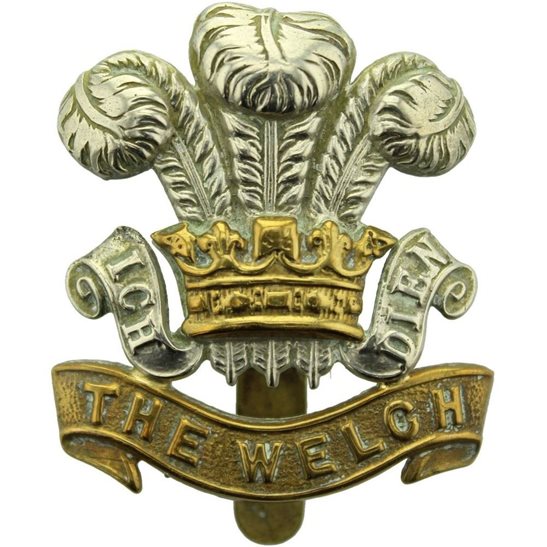Personal Details
Born: 15 February 1877 in Whitchurch, Shropshire and baptised 26 July 1877 at St. Alkmund`s Parish Church, Whitchurch.
Family: He was the third of seven children born to James Wright, a bricklayer`s labourer, and his wife Elizabeth, nee Chesters. He married Sarah Anne Smith in 1907 in Whitchurch, Shropshire. The couple had two children, Lizzie and Ellen.
Residence: At the time of his baptism in 1877 and in 1881 his family were living in Green End, Whitchurch. By 1891 they had moved to Bargates, Whitchurch. In 1911 and now married Alfred, his wife and two daughters were living at 8 Castle Hill, Whitchurch. The 1919 Absent Voters` List has an address of 2 Scotland Street, Whitchurch, this was the address given for him on his Army pension record. By 1939 he was living at 47 Wayland Road, Whitchurch, which remained his home until his death in 1953.
Employment: In 1911 he was a labourer and in 1939 a car park attendant.
Died: 1953 in Whitchurch, Shropshire and buried on 20 June 1953 in Whitchurch Cemetery.
Military Details
Regiment: Welsh Regiment (previously King`s Shropshire Light Infantry)
Rank: Private
Service Number: 285197 (previously 203727)
Date of Enlistment: Not known
Date of Discharge: 12 March 1919
Reason for Discharge: Not known
Alfred was awarded the Campaign Medals (British War Medal and Victory Medal)

The British War Medal (also known as 'Squeak') was a silver or bronze medal awarded to officers and men of the British and Imperial Forces who either entered a theatre of war or entered service overseas between 5th August 1914 and 11th November 1918 inclusive. This was later extended to services in Russia, Siberia and some other areas in 1919 and 1920. Approximately 6.5 million British War Medals were issued. Approximately 6.4 million of these were the silver versions of this medal. Around 110,000 of a bronze version were issued mainly to Chinese, Maltese and Indian Labour Corps. The front (obv or obverse) of the medal depicts the head of George V. The recipient's service number, rank, name and unit was impressed on the rim.
The Allied Victory Medal (also known as 'Wilfred') was issued by each of the allies. It was decided that each of the allies should each issue their own bronze victory medal with a similar design, similar equivalent wording and identical ribbon. The British medal was designed by W. McMillan. The front depicts a winged classical figure representing victory. Approximately 5.7 million victory medals were issued. Interestingly, eligibility for this medal was more restrictive and not everyone who received the British War Medal ('Squeak') also received the Victory Medal ('Wilfred'). However, in general, all recipients of 'Wilfred' also received 'Squeak' and all recipients of The 1914 Star or The 1914/1915 Star (also known as 'Pip') also received both 'Squeak' and 'Wilfred'. The recipient's service number, rank, name and unit was impressed on the rim.

